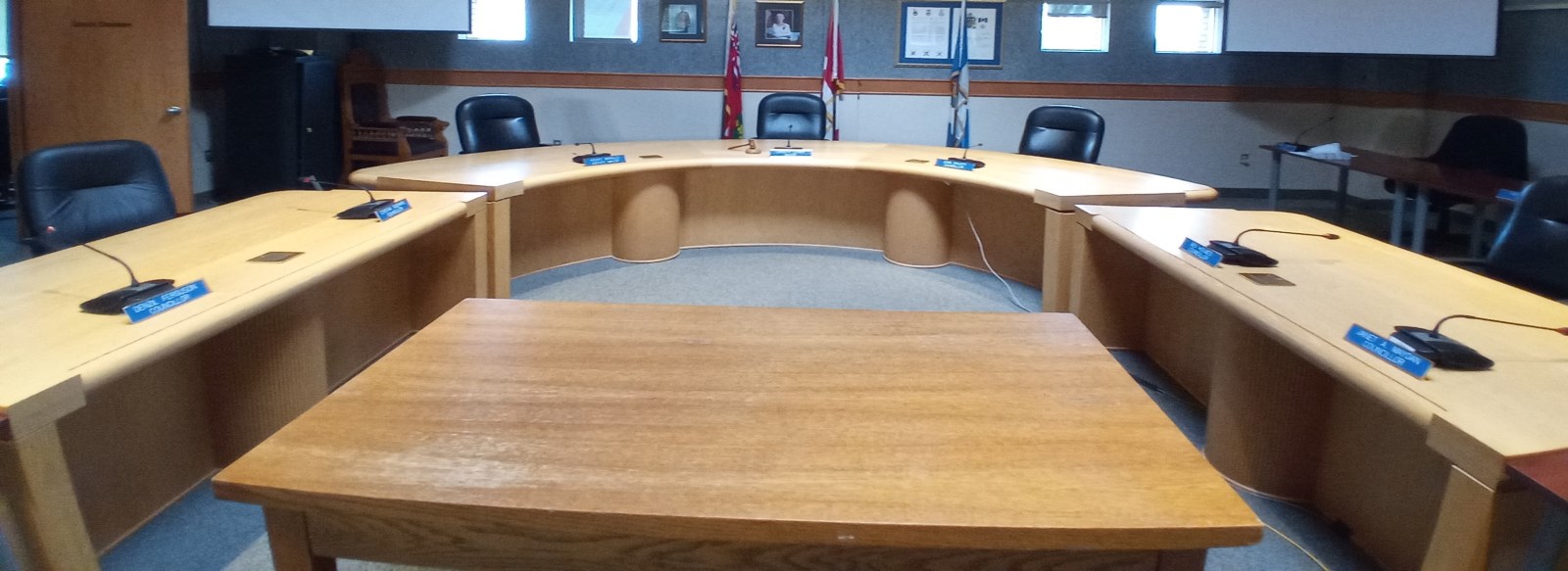2021 Budget - Long-Term Financing (Debt)
Similar to how you would consider a loan or debt if you didn’t have the cash to pay for a new home or vehicle, the Municipality also has to make decisions as to how to pay for asset replacement if the cash is not readily available and it can’t wait until it is.
It's important to keep in mind that the Municipality’s cost for asset replacements can be in the range of hundreds of thousands of dollars to millions of dollars and the Municipality often does not have the money saved in reserves when the work is needed. Sometimes there is very little choice whether to incur debt if an asset has reached critical failure or if an emergency occurs.
The Municipality has historically used debt to pay for assets with a longer lifespan such as water and sewer infrastructure, bridges, buildings and larger vehicles or pieces of equipment like fire trucks, plow trucks, graders and backhoes.
Debt means that increases to tax rates and user fees to pay for these asset replacements are lower than they would be if the costs were paid upfront. For example, if the Municipality replaced at Plow truck at $300,000 and chose to pay for it upfront the increase in taxation would be roughly 2.76%. If the Plow truck were long term financed over 10 years, the annual debt repayments would still cause an increase in taxation, but it would be significantly lower at roughly 0.32%. This smaller tax increase of 0.32% is generally considered to be more manageable for residents than the larger tax increase of 2.76%. Remember that the taxation increase in this example is only considering one budget item. Each year there are many projects to be done and assets requiring replacement. Council must balance all the project and asset needs with the appropriate level of debt, user fees and taxes.
Council annually reviews the overall debt levels of the Municipality and discusses whether it is appropriate to proceed with an asset replacement funded by debt. At the same time Council considers the risks of putting off the replacement such as higher future costs, higher maintenance costs, increased breakdowns, interest rate increases, risk of failure, etc.
Just like you decide whether a loan or debt is right for you when you need to replace or repair your valuable assets, the Municipality also makes the same decision, but on a much larger scale.












